Pakistan’s trade gap broadens to $13.7b
Despite plunge in global oil prices, trade deficit is $564 million higher than one in comparative period, last year
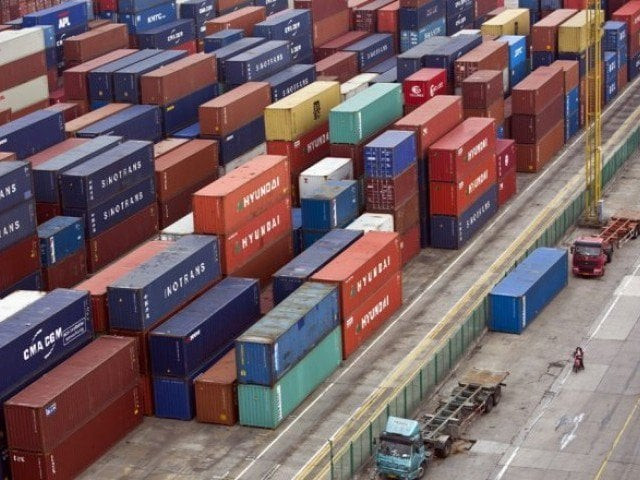
Deficit is $564 million higher than one in comparative period of previous year. PHOTO: REUTERS
Despite the tremendous plunge in global crude oil prices, Pakistan’s trade deficit worsened to $13.7 billion in the first seven months of the current fiscal year as the value of imports, for the first time, was more than double the value of exports.
The trade deficit - gap between exports and imports - widened 4.3% to $13.7 billion from July-through January period of this fiscal year, reported the Pakistan Bureau of Statistics on Wednesday. It was for the first time in this fiscal year that the cumulative trade deficit worsened despite the bonanza of steep fall in crude oil prices.
Pakistan's trade deficit amounts to $11.92 billion
 DESIGN: NABEEL AHMED
DESIGN: NABEEL AHMEDThe trade deficit was $564 million higher than reported in the comparative period of the last fiscal year. It almost nullified the $636 million gains that Pakistan had got due to increase in remittances during July-January period of this fiscal year.
The other source of foreign inflows that registered a dismal performance was the investment portfolio with figures dwindling to a precarious position.
“It is worrisome that balance of payments position worsened despite fall in crude oil prices,” said Dr Hafiz Pasha, a former finance minister.
Pakistan's exports plunge to 4-year low
From July through January, exports plunged to $12.1 billion, $2.1 billion or 14.4% less than the receipts in the comparative period of the last fiscal year, reported the PBS. The imports in this period contracted 5.4% to $25.7 billion. The imports were $1.5 billion less than the comparative period.
Expert’s opinion
Dr Pasha said that it was for the first time in the country’s history that the import bill was more than double the export bill. Something is seriously wrong with the economy that the government has to find out, said Dr Pasha.
The latest trade results are in line with the International Monetary Fund’s (IMF) prediction. In its last report on Pakistan’s economy, the IMF had warned that benefits of lower oil prices would continue to be offset by weak performance of exports.
The PML-N government has so far failed to announce a three-year strategic trade policy framework after the last one expired in June 2015. The country was fast losing its competitiveness due to multiple factors including heavy taxation during last two and half years.
Commerce Minister Khurram Dastgir Khan was not available for comments.
In its last report, the IMF had also raised concerns about further loss of competitiveness. The IMF had warned that exports, and consequently economic growth would be adversely affected further, if Pakistan falls behind its competitors in securing favorable treatment in major markets.
Exports and imports: Trade deficit widens 16% to $14.1b
Annual performance
On annualised basis, the trade deficit alarmingly widened 76.7% to $1.7 billion in January. It was $754 million higher than the one posted in January last year, according to the PBS. The trade deficit widened due to 13.9% reduction in exports and 15.4% growth in imports.
On annualised basis, the exports stood at $1.8 billion in January, $286 less than the receipts in comparative period. The imports last month stood at $3.5 billion -$468 million more than the import bill of January 2014.
It is yet to be seen whether half a billion dollar increase in import bill was because of imports of cotton or the power generation machinery, said Dr Pasha. The
cotton production fell this year, which according to Dr Pasha would shave-off almost 1% overall Gross Domestic Product (GDP) growth rate.
For this year, the government has set the economic growth rate target at 5.5%, which is bound to be missed with a wide margin.
Published in The Express Tribune, February 11th, 2016.
Like Business on Facebook, follow @TribuneBiz on Twitter to stay informed and join in the conversation.

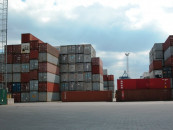

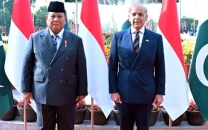
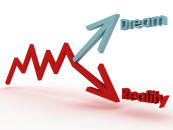

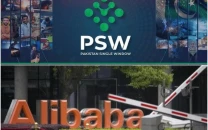












COMMENTS
Comments are moderated and generally will be posted if they are on-topic and not abusive.
For more information, please see our Comments FAQ